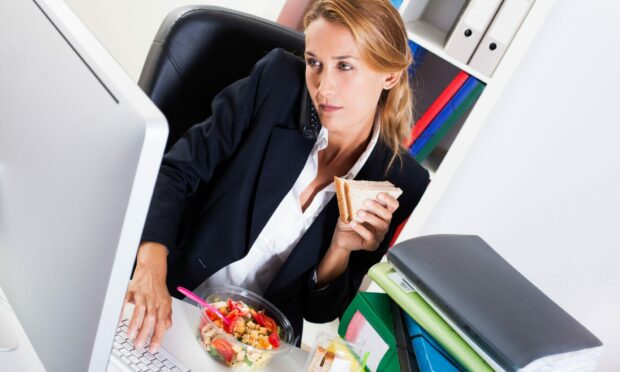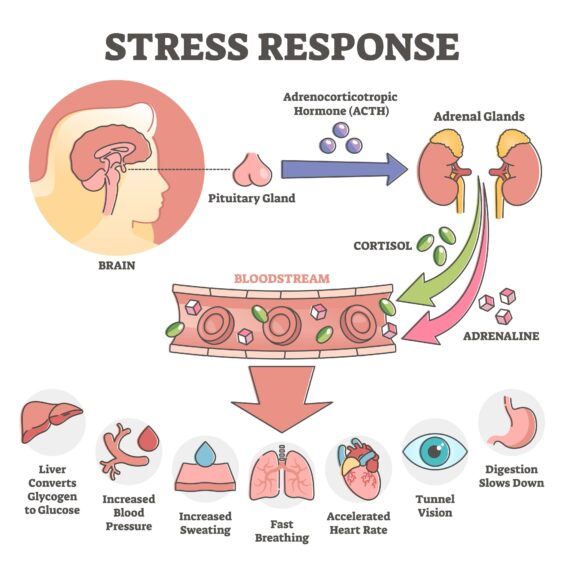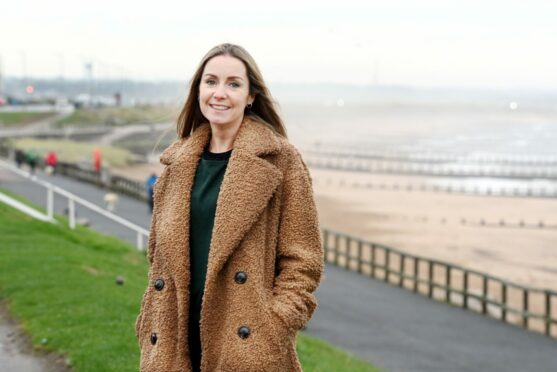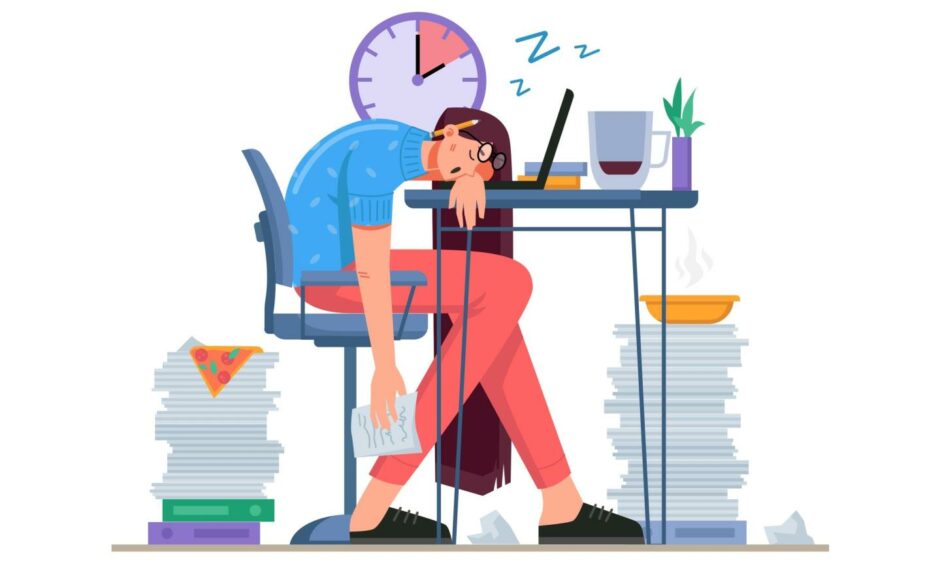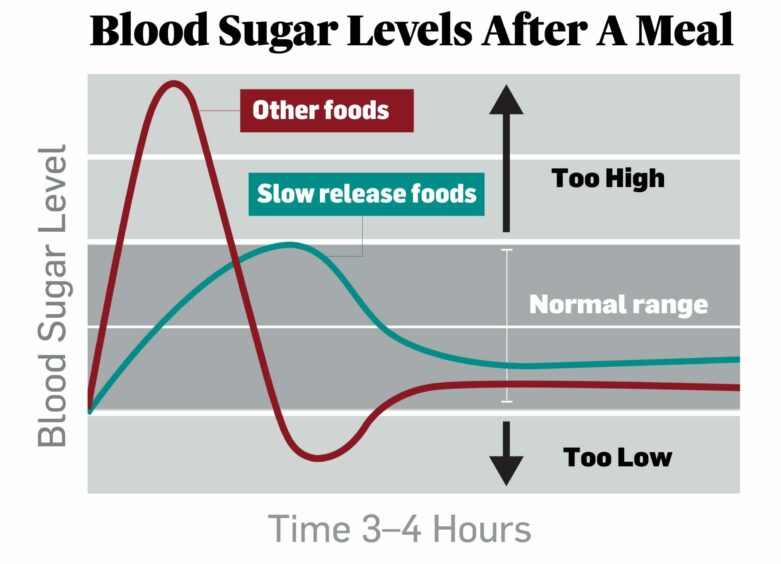Do you often feel tired after your lunch break?
If you find yourself yawning and struggling to concentrate on work you’re probably eating the wrong food.
And Aberdeen nutritional therapist Laura Leslie says this could also have a lot to do with what you’re putting on your fork the night before.
Talking to us as part of our Wellbeing Wednesday series, Laura highlights there are ways we can combat this feeling of sluggishness to help us stay focused for the rest of the day.
The three causes of the post-lunch slump
She says there’s three reasons why you could be feeling like you need a nap after eating your midday meal.
Your digestive capacity could be lowered, leaving your body finding is difficult to break down food, potentially leaving you low in energy.
And your stress response should also be taken into consideration, thinking about how you’re eating during your lunch breaks.
When you’re eating, are you thinking about all the meetings you still have or thinking ahead to picking up the kids up from school?
Or are you in a “rest and digest” mode – where your body is feeling calmer and ready for food.
“If you’re at work you might find yourself eating at your desk, or eating in meetings,” Laura says.
“You’ll eat your food as quickly as possible then you’ll look down and it’s gone, you’ve not digested it very well.”
She recommends you look at your food and consciously chew it well.
If you are feeling stressed or overwhelmed, taking three deep breaths before you start eating can help calm the stress response.
But there’s also another important element and that’s thinking about regulating your blood sugar levels.
What should we really eat for lunch?
Laura has met many clients looking for advice on why they get the mid-afternoon slump.
“It’s not just about what you’ve eaten at lunch,” she says.
“It’s a lot to do with what you’ve eaten the day before and what you had for breakfast.
“A lot of the time when I’m working with clients I will look at what they start their day with – has it got specific things in it to regulate blood sugar levels so they won’t have that dip before and after lunch.”
Each meal and snack should have some protein and fibre, as only concentrating on carbs will leave them quickly converting to glucose and entering your bloodstream.
But eating foods containing protein and fibre with carbohydrates helps slow down this process. There will be a gradual rise in our blood sugar levels instead of a spike.
You could do this by eating soup with a sandwich made from wholemeal bread, tuna or cheese.
Making sure we have protein and fibre with every snack or meal is important. For breakfast, for example, it could be wholemeal bread with an egg.
Can exercise help?
You can also benefit from exercising after eating because it helps insulin resistance.
When our blood sugar levels spike, insulin is released to bring that curve back down again.
Laura explains that exercising after we eat helps to use up glucose in our bodies.
But the nutritionist highlights that this should involve gentle exercise, such as a leisurely stroll, rather than anything too strenuous.
“I wouldn’t recommend for somebody to eat then go for a run or a cycle because they won’t have digested their meal properly,” she explained.
“But a gentle walk has been shown in studies to help with insulin sensitivity.”
